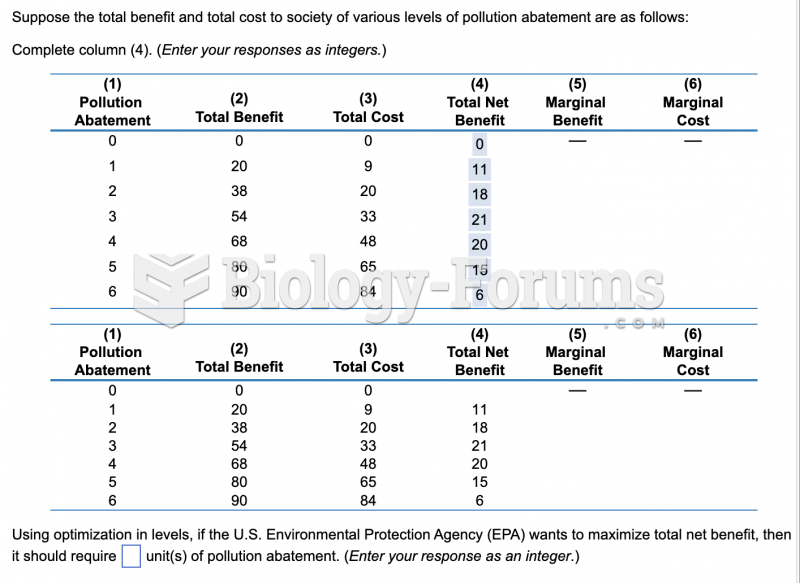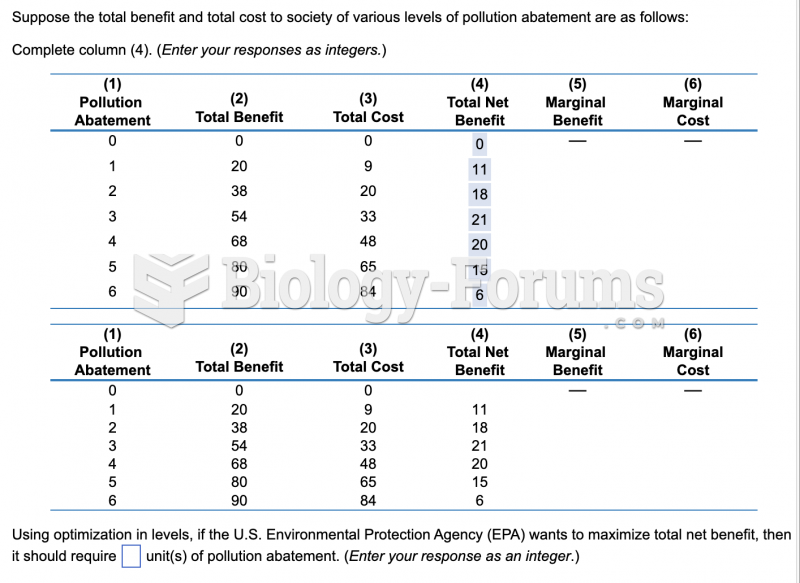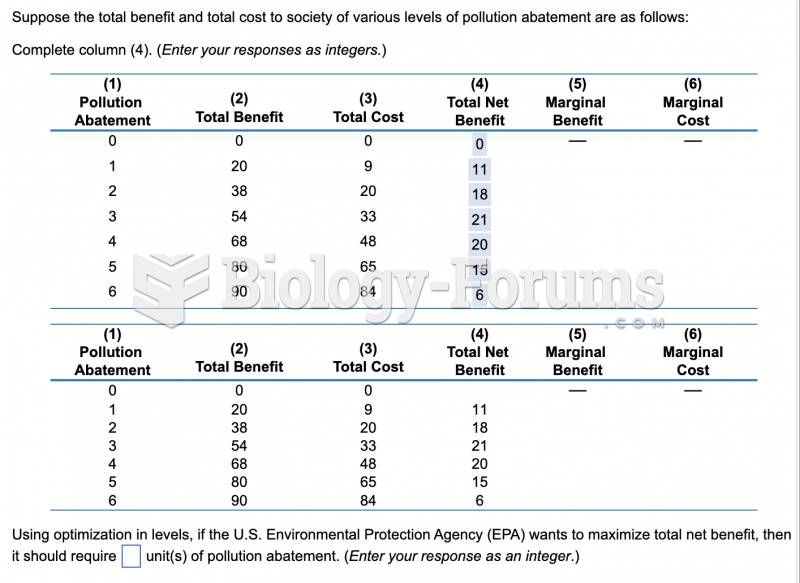Answer to Question 1
A QUESTION OF ETHICS
1. Yes. The court ruled in Cline's favor, Wal-Mart appealed, and the U.S. Court of Appeals for the Fourth Circuit upheld the lower court's judgment. The appellate court explained that FMLA entitles eligible employees to take up to twelve weeks of unpaid leave in any twelve month period for specified family or medical reasons. An employer may require an employee to substitute other leave, such as accrued vacation leave, on two-days' notice. Here, Wal-Mart did not give that notice. Wal-Mart argued that its leave form provided the notice, but the court pointed out that the form did not mention vacation leave or contain any other language that would reasonably put Cline on notice that his vacation days were to be designated as part of his twelve weeks of FMLA leave. Thus, Cline was entitled to twelve weeks of FMLA leave and five days of vacation leave. Because he returned to work before the end of that period, Wal Mart violated the FMLA when it failed to restore him to his prior position.
2. FMLA can be seen to reflect the realities of today's world. Nearly two-thirds of women with children now work outside the home. Additionally, about a fourth of adults now provide care of elderly relatives or anticipate the need to provide this care within the next five years, With so many women now working, there is often no caretaker available to attend to medical emergencies or other family needs in the home. By allowing employees to take a leave from work for family or medical reasons, the FMLA recognizes the changing face of America. That face currently includes generation that is providing child care on the one hand and care for aging parents on the other.
3. There are arguments in favor of, and arguments against, the statement. The great majority of employers are small businesses that employ less than fifty employees. Consequently, most workers are not covered by the provisions of the FMLA. Small employers cannot typically afford the short-term loss of an employee, however.
Answer to Question 2
TRUE







